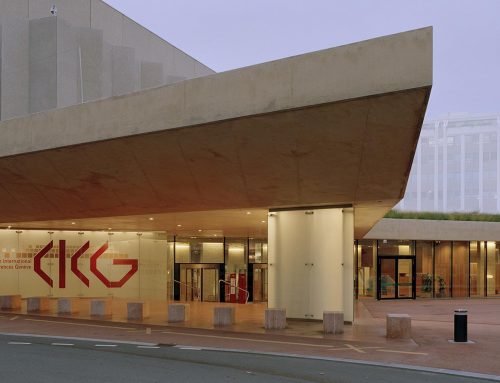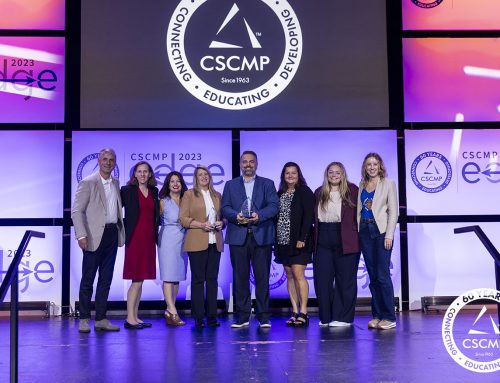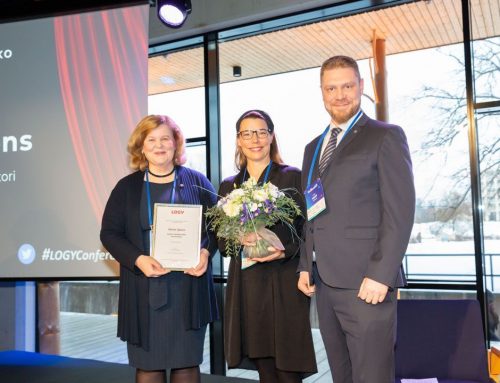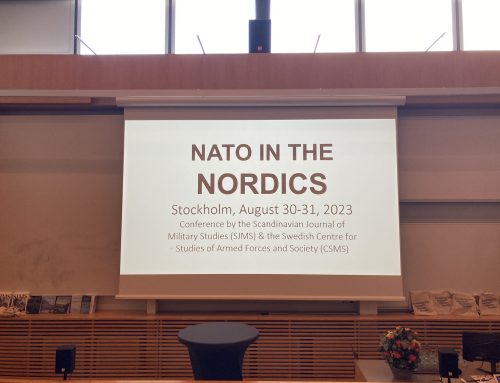12.02.2021
We continue with our blog series including 5 articles presenting the results of the science competition organised by the Global Business School Network and the HUMLOG Institute at Hanken School of Economics: The HUMLOG Challenge. Below you find the text written by Team WU from Austria. Their team performed in the second place of the contest.
Team WU
Rucha Deshpande, Vanessa Klackl, Markus Domevscek, Michael Pesendorfer, Tobias Damberger
Vienna University of Economics and Business, Austria
Reminder: The problem addressed in our report and the proposed solution were relevant in the middle of October, when the competition was conducted. Here is a brief summary of that report.
Context and introduction
In the fall of 2020, rising cases of COVID-19 combined with the on-going flu-season presented an added challenge to the city of Vienna: testing more symptomatic patients with a limited fleet of 30 mobile testing units (note: asymptomatic people were tested at stationary testing locations with a much larger capacity). We addressed this challenge by focusing on three factors: 1) optimize routing for the current fleet of mobile testing vehicles and explore complementary testing methods 2) increase the role of IT in improved testing management 3) reduce pressure on existing testing resources through better public awareness.
To prevent both the healthcare system and the overall economy from collapsing due to COVID-19 effects, the Austrian government has been investing heavily in testing and contact tracing. They developed a hotline that people call based on predefined guidelines and paramedics are sent home to conduct tests on suspected patients. While this approach was successful in March / April, there were limitations and additional challenges to this testing strategy, especially during flu season.
- First, both manpower as well as equipment and infrastructure were limited. At the time, there were only 30 paramedic cars available for mobile testing, in addition to 80 bikes from a delivery company, and there was criticism over slow and inefficient testing.
- Second, there were problems with efficient testing management. For example, after reporting symptoms of illness, people often waited on average 2-3 days to get tested by paramedics. This increased both risk of spread and anxiety/confusion in symptomatic patients.
The combination of rising COVID-19 cases plus increasing symptomatic patients during flu season, made it clear that mobile testing units would remain integral for Vienna’s management of the pandemic. Therefore, testing symptomatic patients at home required better efficiency, especially with a limited fleet of mobile testing vehicles.
Solution
By using the Vehicle Routing Problem (VRP) geoprocessing tool in ArcGIS, we analyzed optimal routings for the 30 mobile testing vehicles in Vienna. When setting up our Vehicle Routing Problem in ArcGIS, the main question was how to maximize the efficiency of the current fleet of mobile testing vehicles. For this purpose, a VRP with multiple vehicles and location data was used to find out how efficiently the current fleet is managed. We could then address whether additional vehicles were needed to meet certain goals or if the current fleet could be managed in a more efficient way.
As always, there are certain limitations to the findings. Since some of the data needed for this analysis had not yet been published (or likely never will be, such as location data for tested patients), assumptions needed to be made. This is why we created a random set of patient locations by generating random coordinates within the Vienna borders.
According to the VRP, the 30 cars were sufficient to hit the target of 1000 tests per day in several realistic scenarios, which meant that even more tests were possible with the current fleet. Therefore, as our routing optimization results showed that vehicle capacities were sufficient for given targets, we focused on supplemental solutions to improve efficiency and reduce pressure.
- First, additional time for personal protective equipment (PPE) changes after each test could be reduced by either switching to or adding “gargle tests” (which can be carried out without PPE) along with the current nasal swab method.
- Second, we suggested the introduction of a website/app, using best practices from other countries, that allows users to find the optimal testing option and booking appointments through a convenient single web portal.
- Third, we explored how to reduce pressure on testing resources during flu season by increasing public awareness and support in staying home.
Impacts and implications
New website + App for ease of access
Taking California’s COVID-19.ca.gov website and UK’s NHS COVID-19 app as best practices, we recommended building a website and app for Vienna that fulfills the following functions:
- Find a testing option and book appointments: Users can select testing options based on several criteria (symptomatic or asymptomatic, met a COVID-19 positive patient, been to a high-risk area, etc.). Once they select their best option, they can book the appointment online, through a single website, for all the different public testing options available.
- Web Triage: If you have symptoms and call the hotline 1450, the operators perform a triage on the caller by asking a set of basic questions to determine next steps. We suggested offering the first basic triage through the website, where symptomatic patients enter their symptoms through a series of basic questions currently used by the 1450 phone operators. This would significantly reduce the burden on 1450 calls. If a doctor needs to talk to the patient, they receive a call back. Furthermore, if mobile testing needs to be conducted, patients book the appointment themselves. During this process it can also be determined and stated whether the patient qualifies for the “gargle test”.
- Ease of access: In addition to the website, a mobile version of this through an app (preferably an extension of the current “Stop Corona” app, which is a voluntary initiative from the Austrian government for contact tracing) could be provided, that is capable of the same functions.
Interestingly, after our project ended, the city of Vienna did introduce a website to check your symptoms in addition to the hotline, and while it does not include all our suggested functions, it is certainly a step in the right direction.
Build more grassroots support
For a community project to be successful, we need not only top-down solutions described above but also bottom-up solutions to make the efforts sustainable. Looking at the rising COVID-19 positive cases, especially in age group 25-34, we recommended reinforcing the message of StayAtHome using social media.
We thought of a social media
campaign using a similar slogan to Breast Cancer Runs, where participants
indicate a person for whom they are running; in this case
they would say whom they are “staying home
for” i.e., #IStayHomeFor. This reinforces both meaning and bond for
the efforts. This would reinforce the message that even if SARS-Cov2 can be
less dangerous for younger people, it is a community responsibility to care for
others who are vulnerable and be careful to prevent the spread.
A few weeks after our project,
Austria actually had to go into a 2nd lockdown; this
demonstrated that reducing the pressure on testing and medical
resources was paramount in containing the spread and
managing the pandemic more effectively.




